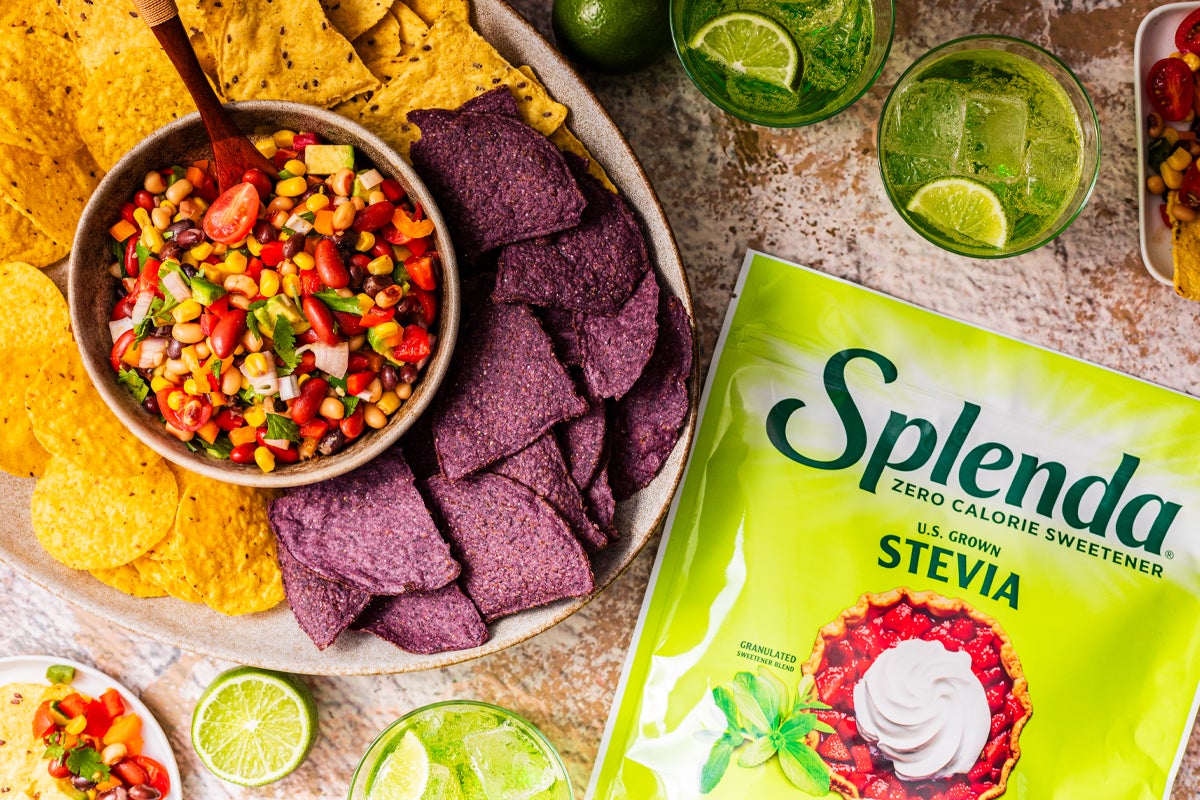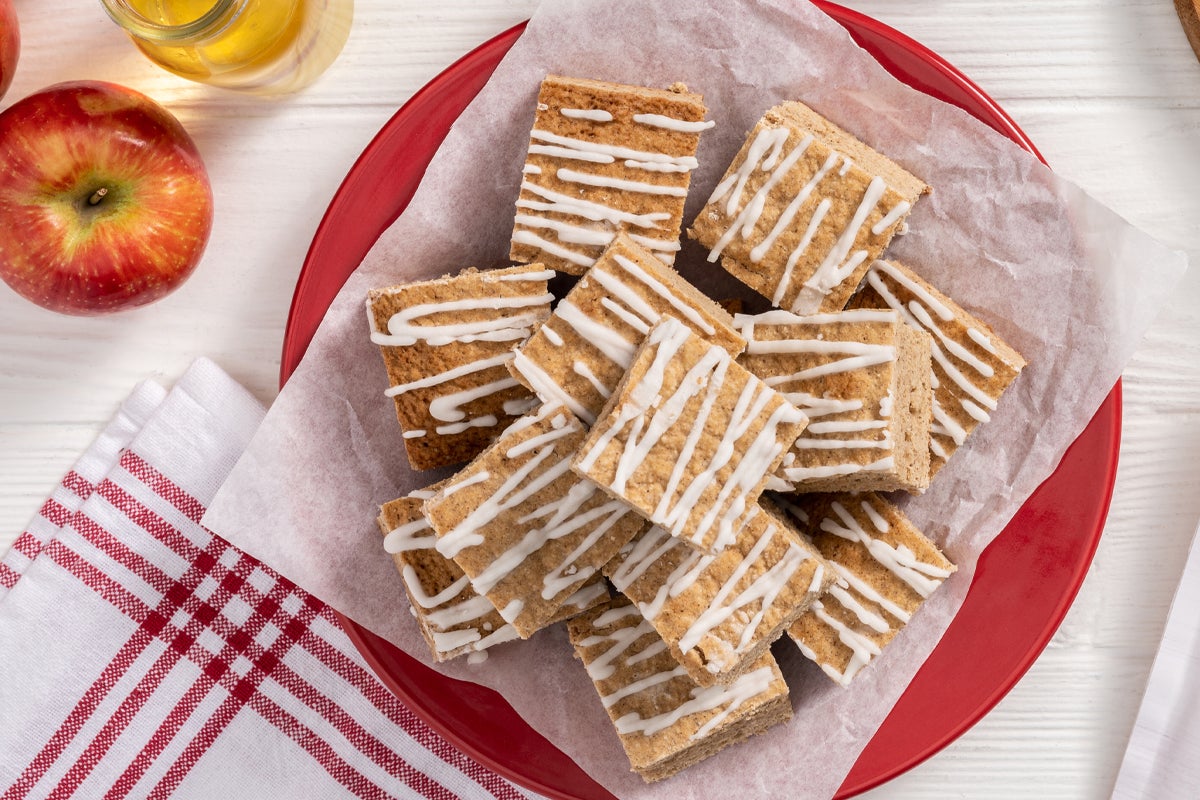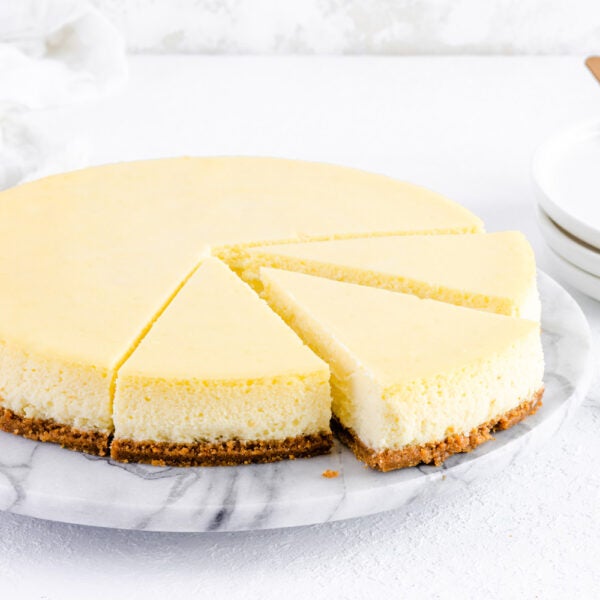Best Sweeteners for Diabetes To Use Instead of Sugar
June 29, 2022
When it comes to diabetes, all sweeteners are not created equal. There’s a vast difference, for instance, between added sugar and diabetes-friendly sweeteners and keto-friendly sweeteners like stevia, monk fruit, allulose, and erythritol.
Why? Because added sugar spikes blood sugar, and high blood sugar drives the metabolic dysregulation that defines diabetes.

A sweetener like allulose, however, has the opposite effect. Research suggests that allulose blunts the blood sugar response while simultaneously boosting fat burning.
In this article, we’ll double click on the best sweeteners for diabetes. First, though, let’s spend a moment on diabetes itself.
What is Diabetes?

When someone has diabetes, they can’t properly regulate blood sugar levels. This problem leads to high blood sugar (hyperglycemia), a dangerous state that damages blood vessels and increases inflammation, among other complications.
There are three main types of diabetes: gestational diabetes (high blood sugar during pregnancy), type 1 diabetes, and type 2 diabetes.
In type 1 diabetes, the pancreas is unable to produce a blood sugar-regulating hormone called insulin. As a result, the person needs supplemental insulin to survive.
Type 2 diabetes is different. Unlike type 1 diabetes, type 2 diabetes is caused and perpetuated by lifestyle factors like high sugar consumption and lack of exercise.

Diabetes and Insulin Resistance
At the heart of type 2 diabetes is a condition called insulin resistance. If you’re not familiar with insulin resistance, you’re about to be.
For most people, insulin does a nice job regulating blood sugar levels. You eat carbs, blood sugar goes up, the pancreas releases insulin, and blood sugar comes down again. That’s how blood sugar regulation is supposed to work.
But for people with type 2 diabetes, insulin doesn’t work as it should. High sugar intakes combined with inactivity keep blood sugar high, insulin gets overworked, and eventually, insulin can’t bring blood sugar down to healthy levels. This is called insulin resistance.
Along with insulin resistance, the hallmarks of type 2 diabetes include:
- High fasting blood sugar
- High HbA1c (a measure of average blood sugar)
- High fasting insulin
- Obesity
- High blood pressure
- High triglycerides and low HDL cholesterol
Refined Sugar and Type 2 Diabetes
Today more than 37 million Americans have diabetes (that’s over 11% of the U.S. population), and 90-95% of them have type 2 diabetes. How did we get into this situation?
Fifty years ago, this figure was over nine times lower (4 million).
What changed? Not genes, but diets and lifestyles.

Specifically, Americans are consuming more sugar than ever before. The average American consumes around 17 teaspoons of added sugar per day—more than double the American Heart Association’s recommendation.
Chronically high sugar intake, unfortunately, leads to chronically high blood sugar. From there, it’s a short hop to insulin resistance and type 2 diabetes.
Obesity is another consequence of high sugar diets. The more sugar someone eats, the more pounds they tend to gain.
To be clear, it’s often hard to separate obesity from diabetes. Researchers have even coined the term “diabesity” to describe these intermingled states. Whatever you call it, this metabolic dysregulation increases the risk for most chronic diseases.

Low-Carb Eating and Type 2 Diabetes
To fix a diet-driven condition, you must address dietary factors. That’s where low-carb and very-low-carb diets come in.
A very-low-carb ketogenic diet (keto diet) is a promising therapy for type 2 diabetes. Why? Because keto limits the foods—starchy and sugary carbs—that raise blood sugar and drive insulin resistance.
In a 2018 study sponsored by Virta Health, researchers put 218 people with type 2 diabetes on a supervised keto diet for twelve months. The results were remarkable:
- Average weight loss was 30.4 pounds
- Average HbA1C declined from 7.6% to 6.3% (60% of patients “reversed” their diabetes by this measure)
- 94% of patients reduced or stopped insulin therapy
Low-carb and keto diets eliminate sugar by definition. What should take its place?
Top 5 Sweeteners for Diabetes
To be diabetes-friendly, a sweetener should have little to no blood sugar impact. Let’s review five non-nutritive sweeteners that meet that criterion.
#1: Sucralose
Sucralose sweeteners (like Splenda Original Sweeteners) taste and sweeten like sugar. Sucralose can be a useful tool for people managing diabetes as there is no impact on blood sugar1,2 – one of the many reasons why Splenda is the #1 recommended sweetener brand by healthcare professionals and has been safely used by millions of people around the world for over 30 years.

#2 Stevia
Stevia leaves have a long history of treating diabetes in South America. The sweetener derived from these leaves (stevia) has no impact on blood sugar.
Both stevia’s sweetness and anti-diabetic properties are derived from molecules called glycosides. To avoid a bitter aftertaste, look for products (like Splenda Stevia Sweetener) made with a sweet glycoside called rebaudioside D.

#3: Monk fruit
Monk fruit is similar to stevia. This plant-based sweetener has a long history of traditional use, contains zero calories, and doesn’t raise blood sugar.
Monk fruit’s active ingredient is called mogroside V. This tasty molecule not only lends sweetness but also packs an antioxidant punch.
Check out the Splenda Monk Fruit Sweetener Jar to sweeten your coffee, tea, or baked goods. It measures, bakes, and tastes like sugar—but without the bad health effects.

#4: Allulose
Speaking of sugar substitutes, have you tried allulose yet? This noncaloric sweetener not only tastes like sugar but browns like it too.
The research on allulose is promising. In one human trial, consuming allulose curbed the blood sugar response and increased fat burning after a meal. And another meta-analysis on 400 people found that consuming allulose reduced post-meal blood sugar spikes by 10% on average.
#5: Erythritol
We conclude this tour of diabetes sweeteners with erythritol. Like stevia, monk fruit, and allulose, erythritol has a glycemic index of zero.
Why? Because most of the erythritol you consume is excreted intact through urine. You don’t digest or metabolize this sugar alcohol.
Wherever you might use sugar, you can use erythritol instead. Check out Splenda Monk Fruit Sweeteners for blends of monk fruit and erythritol that swap 1:1 with sugar in all your favorite concoctions.

Happy Sweetening
Sucralose, stevia, monk fruit, allulose, and erythritol. None raise blood sugar levels. All are diabetes-friendly.
And all are healthy sugar substitutes for folks with or without diabetes. The less sugar we consume, the healthier we’ll be.
Fortunately, you don’t have to sacrifice taste when you sacrifice sugar. You can have your sweetener and eat it too. Your long-term health will thank you.
Written by Brian Stanton, author of Keto Intermittent Fasting, a certified health coach, and a leading authority on the keto diet. Follow Brian’s work by visiting his website at brianjstanton.com.
Recipes Made with Splenda Sweeteners
Try Splenda Sweeteners

Splenda® Granulated Sweetener

Splenda® Stevia Sweetener

Splenda® Monk Fruit Sweetener
1 Nichol, Alexander D., et al. “Glycemic Impact of Non-Nutritive Sweeteners: A Systematic Review and Meta-Analysis of Randomized Controlled Trials.” European Journal of Clinical Nutrition, vol. 72, no. 6, 15 May 2018, pp. 796–804, www.nature.com/articles/s41430-018-0170-6, 10.1038/s41430-018-0170-6. Accessed 4 Mar. 2019. 2 Johnston, Craig A, et al. “The Role of Low-Calorie Sweeteners in Diabetes.” European Endocrinology, vol. 9, no. 2, 2010, p. 96, 10.17925/ee.2013.09.02.96. Accessed 26 Sept. 2019.





